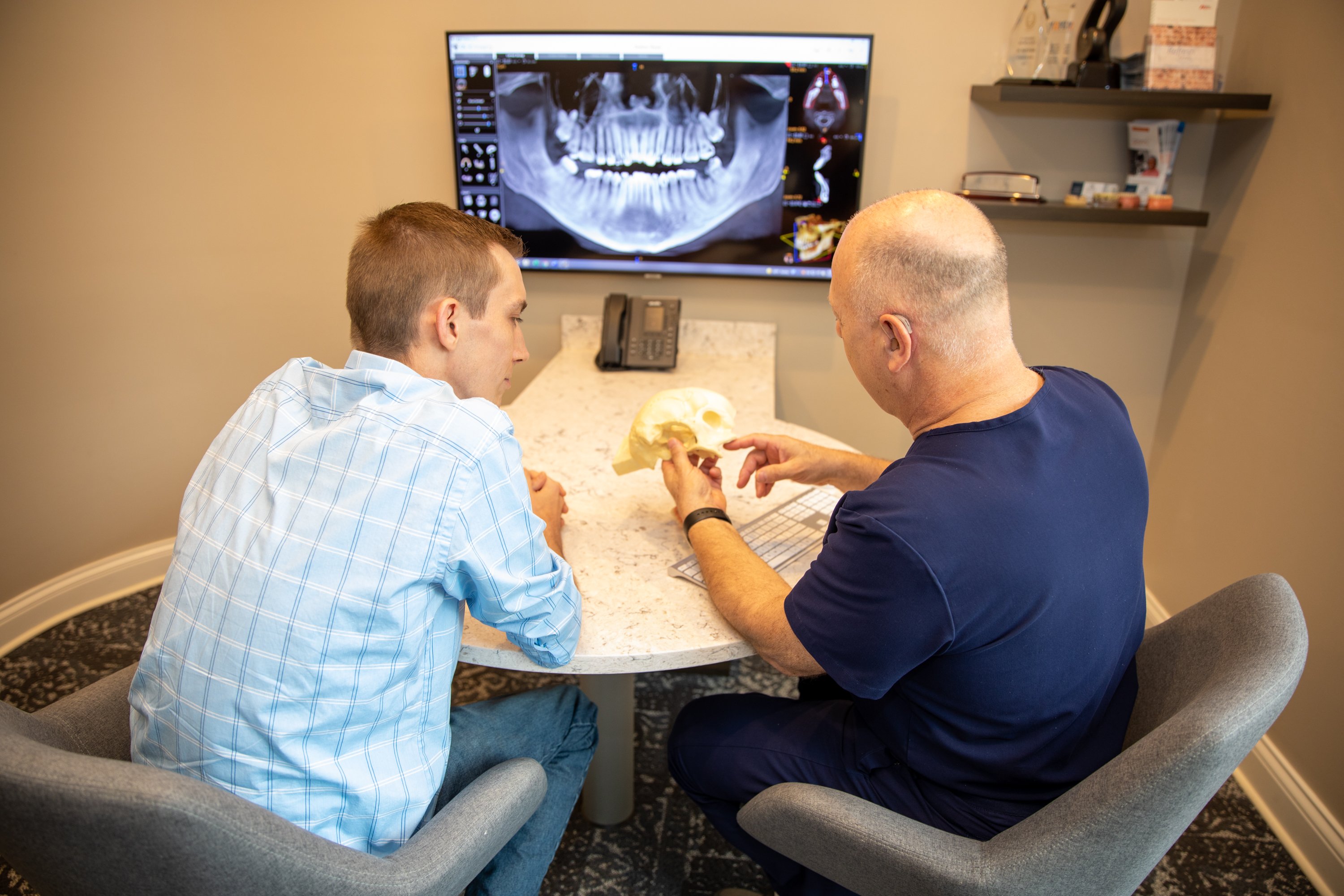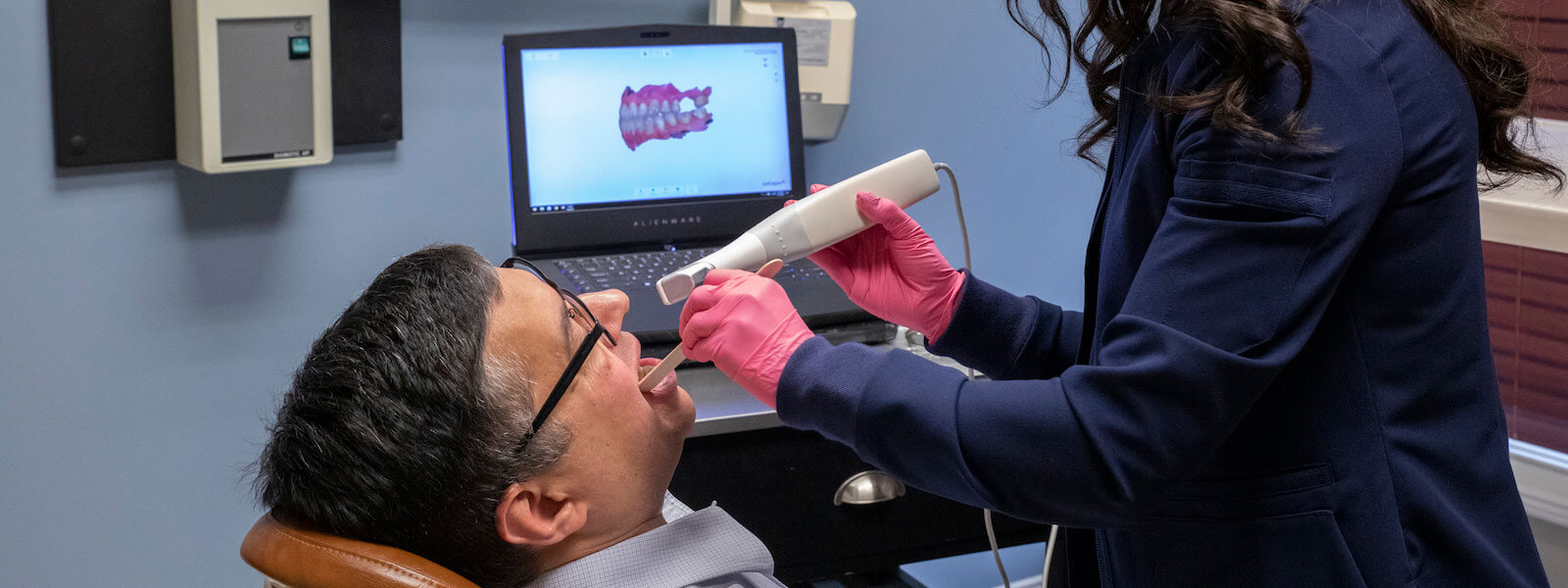Most patients do not need to undergo bone grafting after the removal of wisdom teeth, but it is not always out of the question. For some patients, grafting will be advisable as a necessary step after the removal of a wisdom tooth.
This procedure may be necessary when there is a significant bone loss due to the close proximity of the wisdom tooth to the second molar. In addition, in some instances, a dentist may recommend grafting if an infection, gum disease, or cyst causes significant bone loss after wisdom tooth removal.
Luckily, bone grafting is a relatively straightforward and painless process that requires minimal healing time.
What is a Bone Graft?
Bone grafting is the process of transplanting a small piece of bone material onto a diseased part to provide support and necessitate bone healing. A few years ago, grafting was a complicated and lengthy procedure that could only be performed in the operation room. However, better dentistry technology and improved processes have simplified bone grafting to the extent that it can be performed right at the surgeon's office within appointment time.
Grafting is often performed after or alongside tooth extraction. The oral surgeon will cut out a piece of bone and place it into the open socket after tooth removal, then close it up to allow the jawbone to 'take' the implant.
The newly grafted bone will trigger an integration process in a short time, allowing the new implant to fill the void left by the tooth extraction and strengthen the jawbone.
Once the graft is placed, it is then covered with a re-absorbable membrane to protect it and allow the implant to mature into the actual bone. It often takes between four and six months for a bone graft to heal fully.
Why is bone Grafting often Unnecessary after Wisdom Tooth Removal?
The primary purpose of bone grafting is to boost the health of the jawbone by providing a stable foundation for parts of the jaw that have lost bone mass. Patients with healthy jaws and strong jawbones may not need grafting.
Grafting may be unnecessary after wisdom tooth removal if the bone areas surrounding the removed tooth are strong and stable. Patients who do not intend to replace the removed wisdom teeth with dental implants and have healthy jawbones may not need grafting.

When Would You Need Bone Grafting after Wisdom Tooth Removal?
- When gum disease causes bone loss. This is commonly associated with long-standing wisdom teeth and may also affect second molars.
- When a cyst grows on the jaw, destroying the surrounding bone in the process. The surgeon must remove the cyst following the wisdom tooth removal before they can place the bone graft in place.
- When the crown of the wisdom tooth is too close to the roots of the adjacent teeth, causing a severe impact on the bone. Grafting, in this case, prevents periodontal defects such as chronic pocketing or inflammation of the gum tissue.
Should You Be Worried About Bone Grafting after Wisdom Tooth Removal?
The definition of bone grafting may sound scary to a patient scheduled to undergo or has already undergone wisdom tooth removal. However, in reality, the process is minimally invasive and takes a short time to complete and only a couple of months to heal.
Bone grafting may not require harvesting a bone in a different part of the jaw. Instead, oral surgeons today use harvested bovine tissue, bone grafts made from synthetic materials, or a bone from a tissue bank to carry out a bone graft.
You also need not worry about the pain or how long it would take for you to recover fully after the bone graft process. Most patients will not feel much pain beyond the discomfort of the recovery period after the wisdom tooth removal.
It is not uncommon to experience slight discomfort, minor bleeding, and skin or gum bruising after the wisdom tooth removal and grafting process. However, these effects should dissipate within a few days. You may be required to use non-steroidal anti-inflammatory medication and ice packs after the procedure to keep the pain under control.

Care and Healing During Bone Graft Recovery
Should you need a bone graft after wisdom tooth removal, the oral surgeon will place the graft inside the open site where the wisdom tooth was. Because the site will be covered with gingiva, the jawbone area will not be exposed to external elements.
This means that you are unlikely to experience irritation or pain as long as you take good care of the graft area as directed by the dentist.
It is worth noting that you will be required to keep the tooth extraction or bone graft area clean and protect it from trauma. This is important to avoid secondary infections or accidental interference with the graft healing process.
Here are some of the post-bone grafting instructions that you may have to observe:
- Avoid chewing with or grinding teeth on the side of the wisdom tooth extraction for at least a few days.
- Eat only soft foods for the first couple of days after the bone grafting process.
- Rinse the mouth gently with warm salt water a few times every day after the operation. This will go a long way to ease pain and discomfort and minimize swelling and infections caused by leftover food particles.
- Take anti-inflammation medication as directed by the surgeon.
- Make post-operation appointments to monitor the healing process and ensure proper graft bone integration.
Loss of jawbone and wisdom tooth interference of neighboring jawbone can be a severe problem if not remedied immediately after wisdom tooth extraction. Failing to address this problem could lead to the lessening of the quantity of bone left to support the remaining teeth. In some cases, the thinning of the jawbone may lead to the change of facial profiles.
Do you feel that you or someone you care about needs a bone graft after the removal of wisdom teeth? Schedule an appointment with North Shore Smile Surgery today to find out what options are ideal for you.



